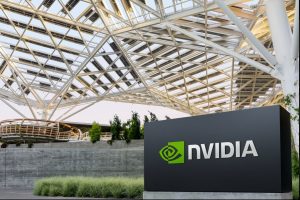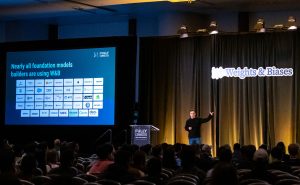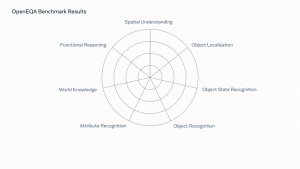MENLO PARK — Facebook showcased its commitment to advancing technology during the second day of the F8 2018 conference, with a focus on connectivity, artificial intelligence (AI), and augmented/virtual reality (AR/VR). Key updates were shared by Chief Technology Officer Mike Schroepfer and other leading figures from Facebook’s engineering and research teams.
Artificial Intelligence Advancements Facebook introduced groundbreaking advancements in AI, highlighting a significant achievement in image recognition. The team trained an image recognition system using 3.5 billion publicly available photos, leveraging hashtags as annotations, which led to a record-high accuracy score on the ImageNet benchmark. These advancements have already been applied to improve content identification on Facebook.
Facebook also announced the upcoming release of PyTorch 1.0, the next version of its open-source AI framework. This toolkit, which will be available in beta soon, merges capabilities from PyTorch, Caffe2, and ONNX, offering a streamlined path for developers to create a wide range of AI projects. The new version has already been deployed at scale, handling billions of text translations daily and enhancing VR avatar movements.
AR/VR Innovations In the AR/VR space, Facebook demonstrated its progress in creating more immersive experiences. The company’s research has enabled the generation of realistic 3D reconstructions of physical spaces and the development of photorealistic avatars, bringing AR/VR experiences closer to reality.
Connectivity Initiatives Facebook also emphasized its efforts to expand global connectivity. With 3.8 billion people still lacking internet access, the company is developing next-generation technologies to reduce connectivity costs and improve network performance. Facebook’s projects in Uganda, San Jose, Hungary, and Malaysia, as well as its collaboration with the Telecom Infra Project, are key steps toward achieving broader global internet access.
For more detailed updates and to explore the latest tools, visit Facebook’s Developer and Engineering Blogs.



















